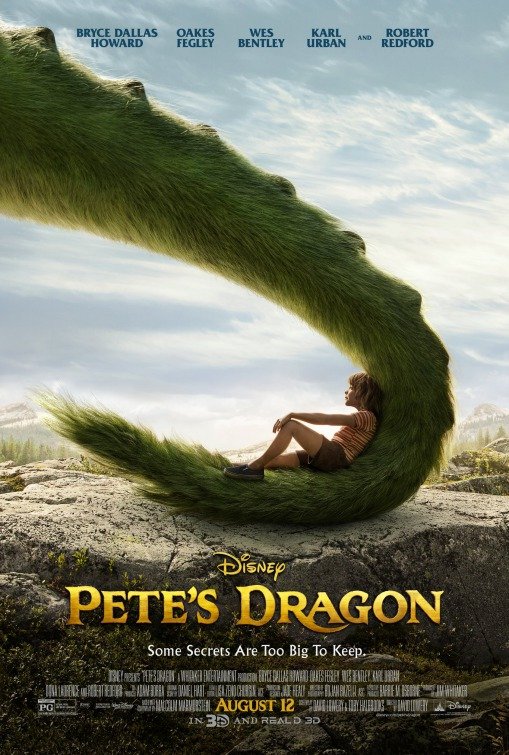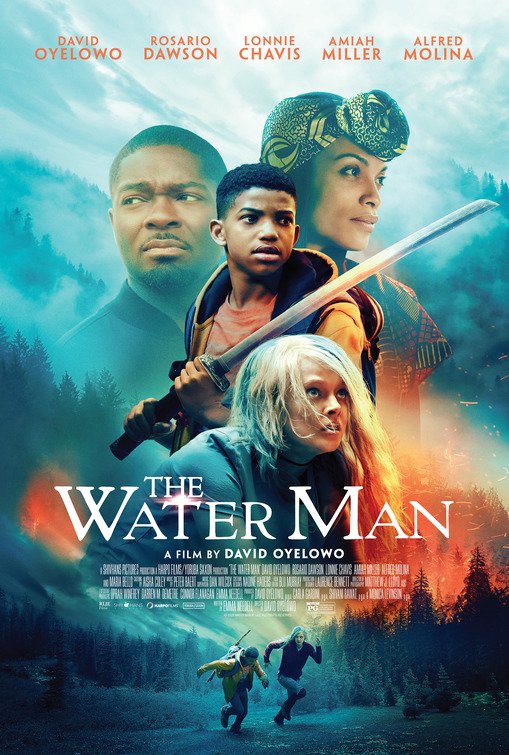
By India McCarty
As we look towards the future of streaming, many experts predict a return to the past.
“Aggregation of a type reminiscent of traditional pay TV is likely to grow over the coming years,” Deloitte predicted in a 2024 report, stating that many streamers are struggling to see growth in their audience numbers as they reach saturation with subscribers.
Streamers can begin aggregating in many different ways. One of the most popular is “service bundling,” where a streamer pairs its service with pay TV, telecom or financial service contracts.
Other platforms might try out “media aggregation,” which would see them sell multiple services at a lower rate, as compared to the individual prices.
The Hollywood Reporter noted that some smaller SVOD (streaming video on demand) services are moving from standalone direct-to-consumer services to “add-on channels” that would be distributed by aggregators.
They added that FAST (free ad supported television) offerings “may also increase, alongside free VOD services.” Popular FAST streamers include Tubi and PlutoTV.
Deadline recently reported that NBCUniversal will launch 40 FAST channels on LG smart-TVs under a new partnership with the company.
“Now, LG Channels viewers will have access to the very best of NBCUniversal’s unrivaled content library,” Bruce Casino, EVP, Sales & Distribution – U.S., NBCUniversal Global TV Distribution, told Deadline. “Whether it’s hugely popular classics like LITTLE HOUSE ON THE PRAIRIE, iconic comedies like WILL & GRACE, or legendary films from Universal Pictures, there’s truly something for everyone.”
THR reported that price increases and password crackdowns might boost revenue for a time, they still “expect the aggregate number of standalone subscriptions will likely fall.”
Many are already noticing an increase in streamers bundling their services with other streamers and specialty channels to attract new subscribers. Two popular examples include Comcast’s StreamSaver bundle (Netflix, Apple TV+, Peacock) and the Disney-Warner Bros. Discovery (WBD) bundle (Disney+, Hulu, Max).
Others are even partnering up with leaders in other content areas, like video games and music streaming. Verizon recently paired up with Netflix and Max, bundling their phone service with the streamers, while Spotify has bundled with Hulu.
“The shift toward bundling content with broader consumer services reflects a larger trend in digital media — content alone is no longer enough,” John Mass, president of Content Partners, a firm investing in entertainment assets, told Observer.
He added, “Viewers’ habits have changed. Content has evolved. Traditional media companies that rely solely on content subscriptions face a steeper challenge. Consumers no longer default to network television or standalone streaming services. They have an endless array of digital content at their fingertips.”
Streaming services were once seen as the future of television, but as subscription numbers stagnate and drop off, it looks like the streamers will have to get creative to keep viewers around.
Read Next: Streaming Bundles Predicted to Lower Consumer Churn



 - Content:
- Content: 

